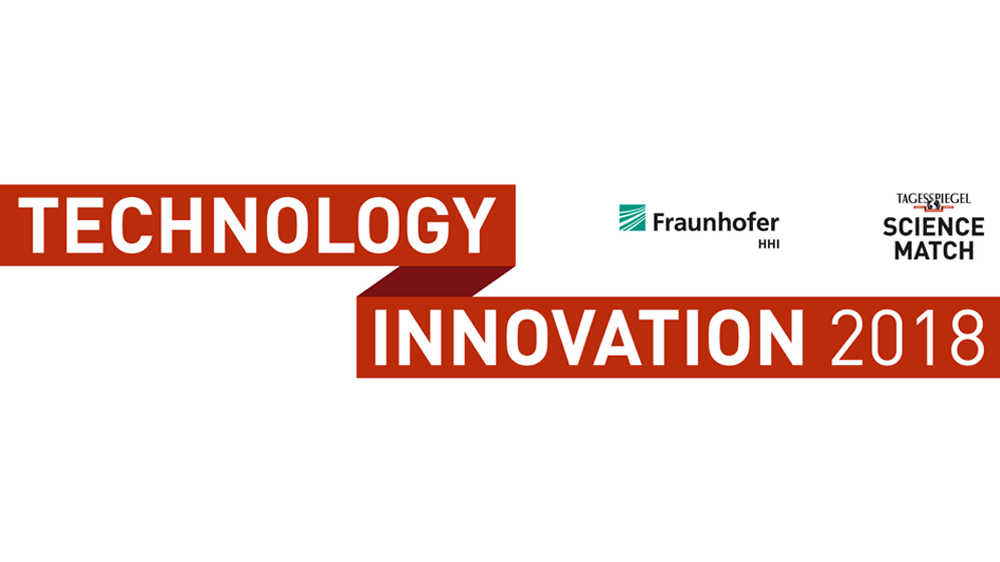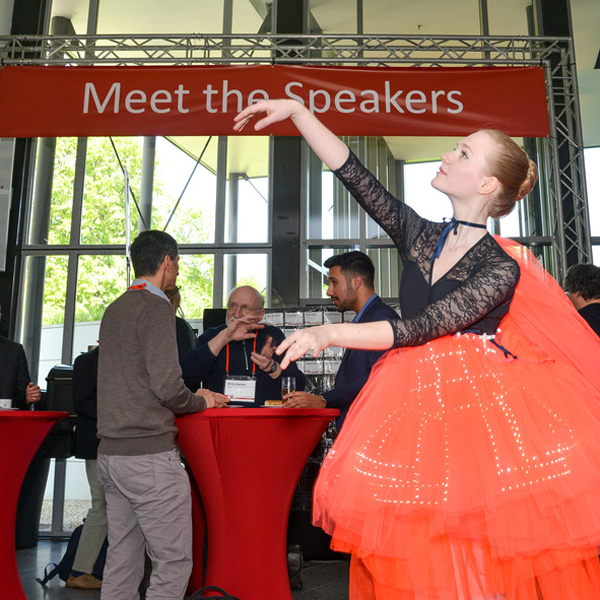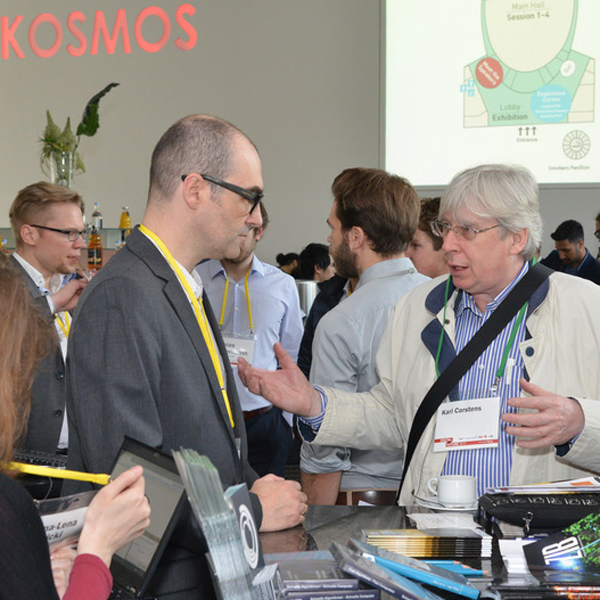Science Match: Technology Innovation in Berlin – The Future of Digital Transformation

19.02.2018 | 90 years of top-level research: The Fraunhofer Institute for Telecommunications (Heinrich Hertz Institute, HHI) to celebrates its anniversary – and welcomes internationally renowned scientists to the German capital.
The Berlin-based Fraunhofer HHI is a world leader in developing mobile and optical communication networks and systems. Its research is specifically focused on the future of digital infrastructures – ample reason for dedicating the Technology Innovation Science Match on 22 February 2018 to the Institute’s latest research topics.
The Science Event combines several different aspects:
- Encounters between science, business, society, politics and the media
- Supporting young scientific talent through grants and networking with startups, investors, specialists in their field etc.
- Discussions between researchers on the latest scientific findings
The key themes of the Technology Innovation Science Match 2018 are:
- Communication systems
- Quantum information
- Life sciences
- Machine learning
- Neuroscience
- Photonics

Presentations from global experts and specialists in their field – including a Brain City Berlin ambassador:
- Prof. Michal Lipson (Electrical Engineering Faculty at Columbia University)
- Dr. Alexander Keller (Director of research at NVIDIA)
- Prof. Giuseppe Caire, PhD (Technische Universität Berlin and Brain City Berlin ambassador)
The event is run by Tagesspiegel and the Fraunhofer Heinrich Hertz Institute and will mostly be held in English. It starts at 9:30 a.m. A welcome address will also be given by Matthias Machnig (State Secretary at the Federal Ministry for Economic Affairs and Energy). Registration is still open for those who wish to attend the Science Match on 22 February 2018 in Berlin.

More information on the Fraunhofer HHI
The Fraunhofer Institute for Telecommunications, Heinrich Hertz Institute (HHI), is a subsidiary of the Fraunhofer-Gesellschaft zur Förderung der angewandten Forschung e.V. It has been committed to researching innovations for a digital society since 1928.
In optical wireless communication, the Fraunhofer HHI has developed a digital communication technology that is free of interference and benefits from a global transmission spectrum without regulation. In this system, LEDs are not only used as a light source, but also as a source for data transmission via a modulator.
Modulated light pulses are captured and converted using a photodiode on the end device – with many potential uses in everyday life. Think streetlights that give you access to 3G data speeds at the bus stop, or emission-free WiFi on planes.
Digital transformation, made in Brain City Berlin:
Research into what is known as visible light communication (VLC) could revolutionise wireless data transmission in future. Watch this video to see how it works: